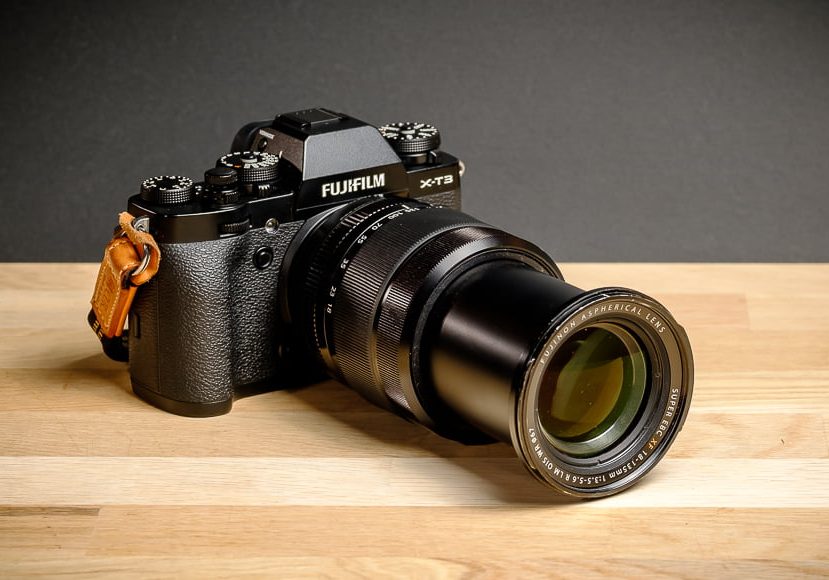
Fujifilm XF 18-135mm f/3.5-5.6 WR Lens Review
Wondering if the Fujifilm XF 18-135mm f/3.5-5.6 WR is still worth buying? Find out in this honest review as we dig into build, performance & overall quality.
In this article, I’m going to review the Fujifilm XF 18-135mm f/3.5-5.6 R LM OIS WR (that’s quite a mouthful).
This clever multi-purpose zoom lens was released back in 2014 and was one of the first all-rounder lenses ever produced by Fujifilm for their X Series cameras.
I’ll give you an in-depth evaluation of the build quality both inside and out as well as how it performs optically. Plus, I’ll cover some of the clever features and reasons for that crazy long product name.

Covering wide angle to telephoto, this versatile lens will serve you in a range of situations.
Further to this, I’m going to talk about what and who it’s ideal for and my own experience in owning this multi-use Fuji lens.
But most importantly, I’ll give you my impressions of this 6-year-old zoom lens and why I think it’s time for Fuji to upgrade it.
Fujifilm XF 18-135mm f/3.5-5.6 WR Specs
- All in one zoom
- Weather-resistant
- Excellent value for money
- Not optically bright
- Slow autofocus
- Lens configuration: 16 elements in 12 groups (4 aspherical elements and 2 anomalous dispersion lenses)
- Focal length: f=18-135mm (27-206mm in 35mm format equivalent)
- Angle of view: 76.5° – 12°
- Aperture: f/3.5/5.6 – f/22
- Aperture build: 7 (rounded diaphragm opening)
- Minimum focus distance: 0.45m
- Dimensions: 75.7mm x 97.8mm (Wide) / 158mm (Telephoto) (2.97″ x 3.85″ / 6.2″)
- Weight: 490g (1.08lb)
- Filter thread: 67mm
- Weather-resistant: Yes
- Optical Image Stabilisation: Yes – 5 stops
Build & Ergonomics
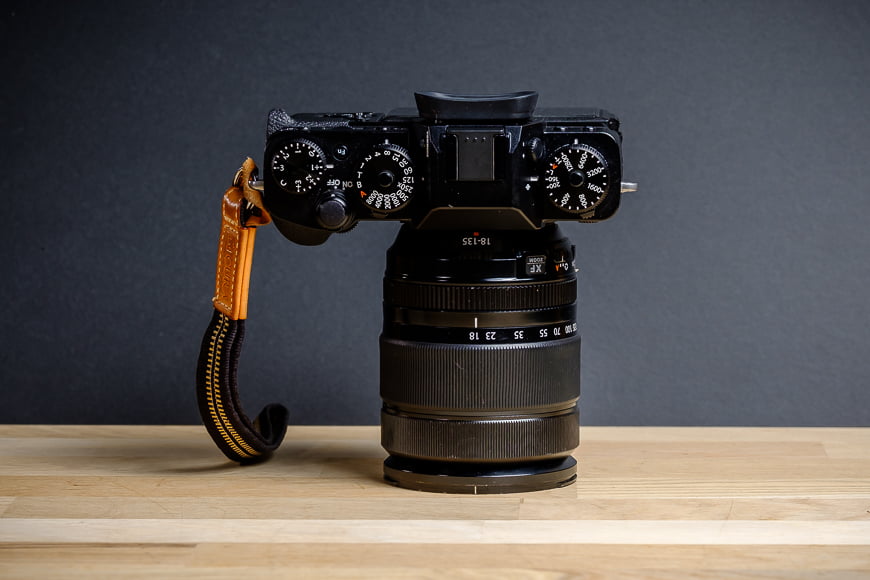
For a lens with a considerable zoom range, the XF 18-135mm f/3.5-5.6 is quite compact.
As with almost every Fujifilm lens, the XF 18-135mm f/3.5-5.6 is built like a tank – you could seriously jack up your car with this thing.
This weather-sealed beast has an all-metal body including the aperture ring and the focus ring. The only plastic components appear to be the petal-shaped lens hood and the tiny switches for the OIS and aperture control.
Aside from that, the broad focus ring is coated in a ridged rubber material to allow optimal control of the focal range.
As mentioned, the Fujifilm XF 18-135mm f/3.5-5.6 is weather-sealed thanks to a rubber ring that circles the whole lens mount. I find this particularly impressive given that it’s a zoom lens with an extending component.
Thanks to its weather-sealing, the XF 18-135mm is the sort of lens you can use in any conditions, making it ideal for landscape or wildlife photography.
Speaking of the zoom, this extends quite a long way and pushes the length of the barrel from 97.8mm to 158mm (3.85″ to 6.2″). When the lens hood is attached, it feels like this compact zoom doubles in size.
The Fujifilm XF 18-135mm has a diameter of 75.7mm (2.97″) and a weight of almost half a kilogram. As a result, it’s not overly heavy but rather feels very solid and comfortable in the hand.
When mounted to a Fujifilm X Series camera body, the pairing feels well balanced and not out of place. It would certainly be a comfortable combination for a full day of shooting or when on travels.
It takes filters with a 67mm thread which is a fairly standard size.
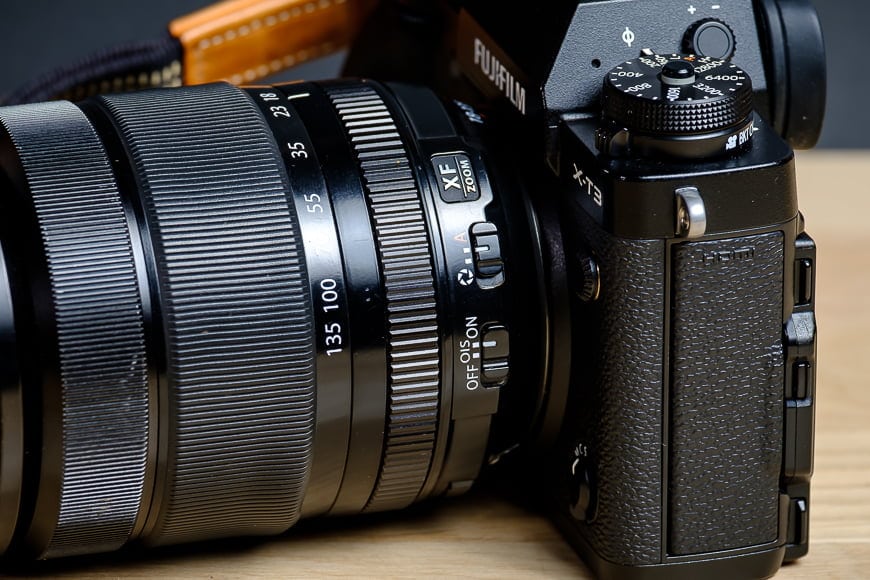
The XF 18-135mm f/3.5-5.6 features Optical Images Stabilisation and Aperture control switches.
On the inside, there’s a lot going on with 16 individual elements in 12 groups. That’s a lot of glass.
Four of these elements are aspherical and two are what’s known as anomalous dispersion lenses – in effect, these make it an extra-low dispersion lens that helps to manage colour wavelengths of light.
The aperture diaphragm is constructed of seven rounded blades making for pleasing and mostly smooth background blur.
There are two switches on the side of the barrel: an OIS or Optical Image Stabilisation switch and an Aperture control switch that allows you to jump from Auto to Manual control.
In terms of usability, as mentioned it’s a good size and weight, especially for an all-in-one lens. This would make for an ideal travel lens as you don’t have to pack any other lenses – you can use it to shoot wide street scenes and zoom in for wildlife.
The aperture ring is ridged differently to the other two rings and spins smoothly with the right amount of resistance.
It’s not marked with the usual stops you find on most Fuji lenses.
The zoom ring spins a little too freely for my liking as there’s very little resistance. Finally, the zoom ring is broad and has a great amount of resistance – as a result, the zoom will not extend when you point the camera down.
All in all, the Fujifilm XF 18-135mm f/3.5-5.6 is a robust and durable lens that will likely last well beyond your years.
Focus Performance
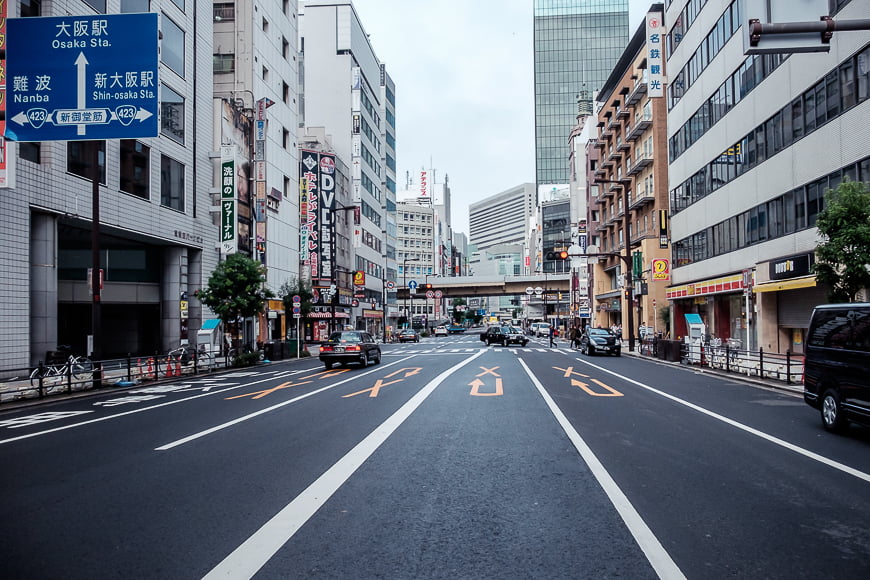
Fujifilm X-T3 | XF 18-135mm f/3.5-5.6 | 18mm | 1/1000 SS | ISO 4000 | f/6.4
So far, the Fujifilm XF 18-135mm f/3.5-5.6 is scoring well in this review – but that’s about to change a little.
In good lighting conditions, it manages to grab focus cleanly and accurately. However, I must say that the linear motors are not nearly as fast as some of the newer lenses – focus takes a noticeable moment.
I have to keep in mind that this is one of the first of the bigger zooms from Fujifilm and it’s over six years old now.
Focus hunting is not ideal when you have a subject that’s on the move or you want to capture a moment before something changes.
In low light, all of the issues I just described multiply. The XF 18-135mm f/3.5-5.6 doesn’t enjoy low light shooting and its performance is a little lacklustre. The speed to grab focus extends a little and sometimes the focus hunt would just breath in and out for a few seconds before either it or I gave up.
I guess it’s also important to point out that this was the case on both the Fujifilm X-T1 and the Fujifilm X-T3 which is an autofocus master!

Fujifilm X-T3 | XF 18-135mm f/3.5-5.6 | 104mm | 1/125 SS | 1600 ISO | f/5.6
The light that’s passing through the very front element of the lens has to pass through a number of glass lenses of various shapes and sizes. These groupings filter the progress of the light and the slower focus motors are just not equipped to optimise the focusing process.
If you’re not intending to work in terrible lighting conditions nor expecting to capture fast-moving subjects, then the 18-135mm f/3.5-5.6 is great. But introduce either of these conditions and you’ll find it a little frustrating.
Of course, this lens was originally intended as an option for a kit lens – but if you’re looking for stellar focus performance there are plenty of better options.
Image Quality
In general, Fujifilm makes amazing lenses that are optically sharp, bright and clear with gorgeous contrast and colour rendering.
While the Fuji XF 18-135mm delivers great image quality, it’s not the best performer in any of these categories.
Looking closer at image sharpens, there’s a fair bit of softness occurring at the edges, especially when wide open. The centre, however, is optically sharp and crisp with a great level of rendered detail.
However, as you zoom out the centre sharpness starts to fall away and corners become a little too soft. As with a lot of soft lenses, stopping down the aperture makes a big difference but at no point was I able to gain super sharp images across the whole frame.
Plus, with a maximum aperture of only f/3.5 at the wide end and f/5.6 at the zoom end, the amount of light passing through is seriously choked.
I was able to achieve nice subject separation while delivering creamy smooth background elements. While the ability to get gorgeous bokeh is somewhat limited, this is not really a portrait lens so I’m not concerned by that.
Overall, I found that the Fujifilm XF 18-135mm rendered images with a darker and almost grainy quality. While most of this can be cleaned up in editing software with a bump of exposure and sharpening, out of the camera the images are quite dull.
Even in strong lighting conditions, the images just had a muddy feel to them that I wasn’t impressed with. The usual Fujifilm kit lens – XF 18-55mm – delivers images that are incredibly bright and sharp and certainly make it one of the best kit lenses from any brand.
It’s a little disappointing that a lens with such an excellent build quality and a brilliant zoom range falls short in its primary role.
As I said, you can mostly fix such dull RAW images in post, but the experience isn’t as good as it should be, especially for those that shoot JPEG.
Fujifilm XF 18-135mm f/3.5-5.6 Sample Images
Check out these sample images taken with the Fujifilm XF 18-135mm f/3.5-5.6.

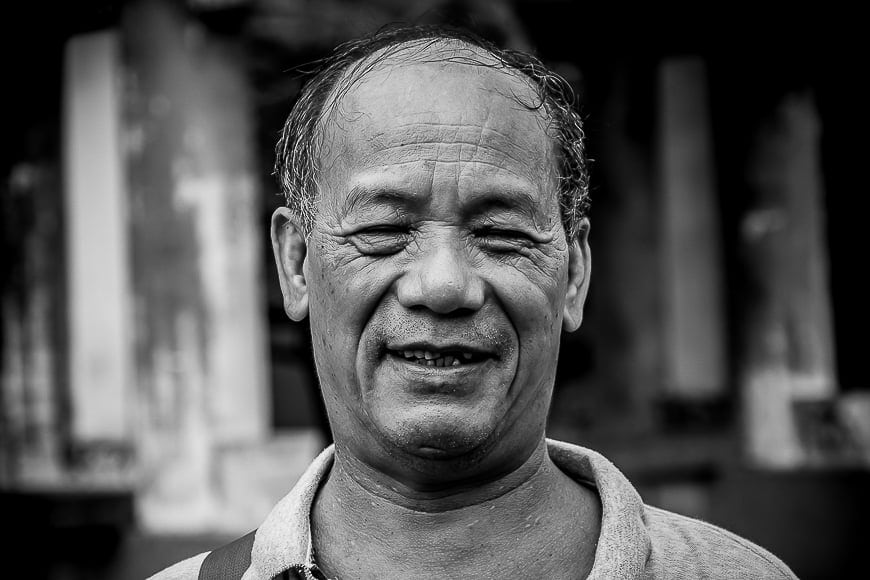







Value for Money

Fujifilm X-T3 | XF 18-135mm f/3.5-5.6 | 135mm | 1/250SS | ISO 400 | f/5.6
Putting aside the performance and image quality concerns for just a moment, let’s take a look at what the Fujifilm XF 18-135mm f/3.5-5.6 is offering.
This is an incredibly flexible and versatile lens that has a lot of benefits that add to its value.
First off, the zoom range means that this lens can be used for genres such as street, architecture and landscape at the wide end.
At the zoom end, you could apply this lens to genres such as sports and wildlife. It makes a perfect single-lens ideal for those that want to travel or spend a day out and about.
Throw in the weather-sealed and robust body plus the addition of OIS and you have a really compelling product.
There are a couple of issues that we cannot put aside forever. Low light performance and less than ideal image quality cannot be ignored. But, for under US$900, it’s still an impressive offering from Fujifilm.
Keep in mind that the issues I raised with the Fujifilm XF 18-135mm are not deal-breakers. They’re just not up to par with most of the other Fuji lenses on offer and for the price versus what you get, it’s still a good deal.
Fujifilm XF 18-135mm f/3.5-5.6 WR Review | Conclusion
This was one of the first Fujifilm zoom lenses I owned and I used it on a couple of overseas holidays.
While I would like to report that it was the only lens I took with me – to conserve weight and reduce hassle – I managed to squeeze a handful of other lenses in. But for its intended purposes, it performed incredibly well and I was able to use it in many different situations.
I just needed to spend a lot more time on bringing out the true worth of each RAW image in post-processing.
I mentioned in my introduction that the 18-135mm f/3.5-5.6 is a perfect contender for a version II upgrade.
Other camera brands release Mark II, III and IV of their popular lenses all the time – each with improved performance and optics. I think that the Fujifilm XF 18-135mm well worth such treatment – making it the first Fujifilm zoom lens to receive a true upgrade.
Improved and modernised focus motors to pick up the autofocus speed would be at the top of the list.
Next, I would love to see improved light performance resulting in brighter images.
Most importantly, Fujifilm should keep the same size, form and brilliant features such as the OIS and weather sealing.
At the end of the day, it’s a good quality lens with a lot of potential. It just needs a little more work than most Fuji lenses in creating brilliant images.

Covering wide angle to telephoto, this versatile lens will serve you in a range of situations.













